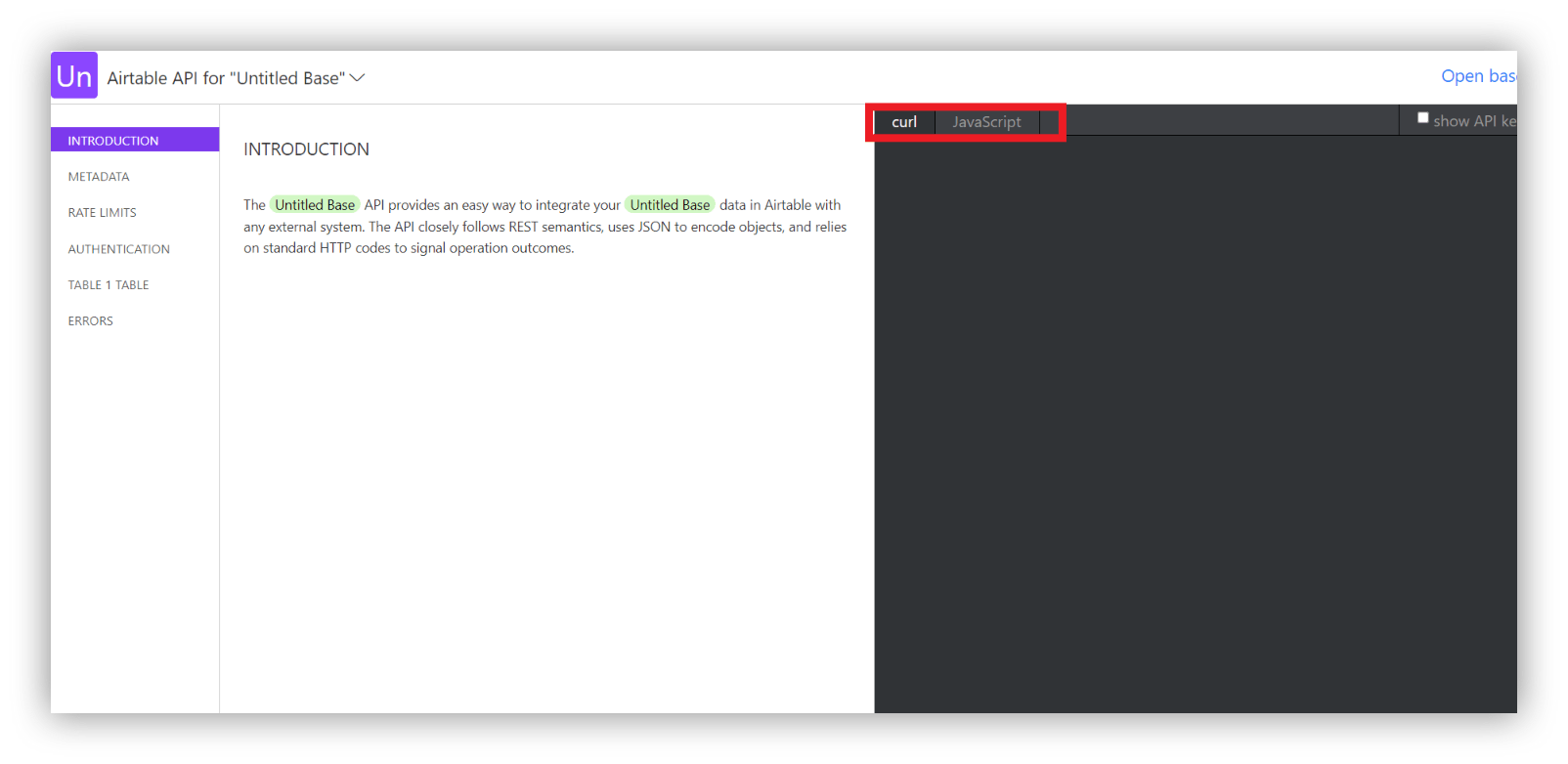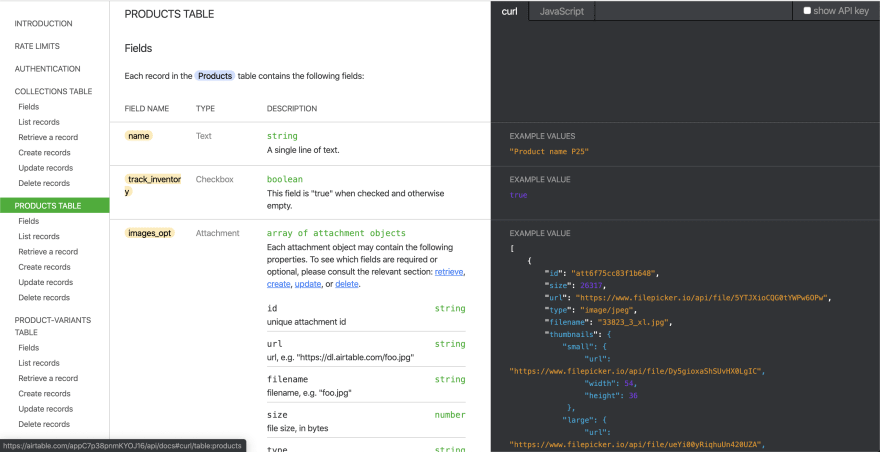

#Airtable api sort pro
So you can run a post to a Webhook whenever you create/update records on your tables! Only on the Airtable Pro and Enterprise plans though. UPDATE: It seems Airtable now supports running custom scripts on the Automation tab. The only option that's left is to schedule periodic builds.

However, Airtable does not have any sort of notification mechanism (like webhooks for example) to trigger Netlify builds (at the time of writing this blog post).
#Airtable api sort update
So how do we update the data on Airtable and trigger a site rebuild? If we make changes on the CMS, we trigger git commits to the repo and Netlify picks that up and rebuilds the site. The website data is not live but updates are made daily if not weekly at best. Now, we are using Next.js as a static site generator. So, every time we run next build & next export we are going to build the entire site and fetch everything from Airtable.

#Airtable api sort code
Check the actual real code at our git repo. I've omitted most of the code here for easy demonstration purposes.
#Airtable api sort install
First, install Airtable:Įnter fullscreen mode Exit fullscreen mode With Next.js it's pretty easy to integrate with Airtable. We are working with the volunteering team to migrate every single data piece to Airtable (except the copy of the website, which will be kept on Forestry). Currently, the transparency report is being imported from the Airtable, the rest is managed on the CMS side. As the site is static, costs would be non-existent or pretty low, and we would not be rate-limited by Airtable at all.ĭisclaimer: not all of the Airtable data could be used on the Website. Then we would just deploy everything from Github to Netlify. We still plugged in Forestry, a git-based CMS, so the team could edit the website's copy easily. Next.js static site generation abilities were also a factor in choosing it, as we didn't want to manage (and pay for) dedicated hosting. So, we decided to build the website with Next.js, as most of the developers that volunteered to help had React experience. Unbeknownst to them, Airtable could solve most of these problems directly, because Airtable itself would generate HTTP APIs for each of the tables they had, and we could directly fetch the data from there. The team at the time was hoping that we could set up a CMS to power the web site's data and copy, and they would copy over manually some of the data from Airtable to said CMS. What they needed was a simple marketing landing page, with some stats that represented the actual progress of the movement. The volunteers were using Airtable to manage inventories, deliveries, and also the transparency reports regarding financial movements, which is required to be public by Portuguese laws. They connected donators of either money or materials, to the organizations in need, handling all of the logistics. Their operation was relatively simple, in theory at least. They needed a website to help spread awareness of the MinhoCovid19 movement, a group of people trying to supply organizations in need (nursery homes, hospitals, etc) with protective materials built by volunteers. Next.js and Airtable: a tale of empowering no-code toolsīack in June, we received a request to help build a website for an academic non-profit organization (our friends at AAUM), in Braga, Portugal.


 0 kommentar(er)
0 kommentar(er)
